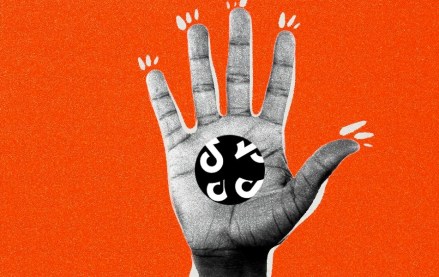Insights from CTV leaders at Dentsu, Horizon Media and more

Advertisers are dazzled by social media stars, paying them to pitch their products to millions of millennial followers. But as with any new marketing practice, some are still on a learning curve. Here’s what matchmakers say some advertisers and agencies don’t get when it comes to paying influencers to pitch their products.
Right star, right content
Using influencers to pitch a brand’s product is still a relatively new practice, and new platforms are popping up all the time. Standard practices have yet to emerge, and new formats have to be mastered by marketers for whom these platforms are foreign, especially if they’re not digital natives. That said, there are some basic principles that brands should follow when paying an influencer.
“My guess is, a brand wants to work with someone and they’re paying for an endorsement by them because they like the person, rather than paying for distribution or a partnership with them,” said Jason Stein, CEO of Laundry Service, who stresses that sometimes the brand and celebrity simply don’t match up.
Measure for success
Most marketers have moved past the like in evaluating a digital media personality’s influence, but others still stick to outdated metrics and expectations. “When it comes to influencers and celebrities, there’s still a lot of consideration of the number of Twitter followers or Facebook likes,” said WhoSay CRO Rob Gregory.
WhoSay stresses with marketers that there’s a difference between the highly engaged fan and the follower who hits the like button every time a celebrity posts something. For example, it has arranged campaigns by Carlos Pena (593,000 Instagram followers) and Alexa Vega (389,000), who have what WhoSay considers relatively modest follower counts but highly engaged fans, and a consumer electronics brand, which WhoSay didn’t identify.
When a like is not a like
A like or a view doesn’t mean the same thing across all platforms, but some still think a Vine view is the equivalent to a YouTube view, or that all likes are of equal weight, said one former adviser to a matchmaking service. “A like on Instagram has just a lot less friction than a like on Facebook, and you tend to get more of them [on Instagram],” the source said. “It just points to the fact that it’s early days and people haven’t figured it out.”
Treat it like a regular media buy
Influencer marketing may seem like the Wild West, but there’s no reason brands shouldn’t hold it to the same standards as a traditional media buy, with performance goals that measure a campaign’s reach or engagement. “We do guarantee KPIs on every campaign,” Stein said. “If we don’t hit that, we have to do make goods, where the influencer has to post more. It’s our way of saying it’s a true guarantee.”
Old habits die hard
Gold-rush analogies and stories of Vine stars getting rich off endorsements (as much as $300,000, according to one Viner) notwithstanding, traditional celebrities are still getting paid more. Where a celebrity gets paid $50,000 to show up at an event, an influencer’s going rate would be $5,000 to $10,000, said Danielle Wiley, CEO of Sway Group.
But influencers may actually do more to drive sales for the brand. In the case of ShopYourWay, for example, Sway enlisted two popular Internet ambassadors including Ricky Dillon who helped drive 6.7 million Twitter impressions, 2.3 million Instagram fans and more than 1 million YouTube views. “I think we get more from social media because readers feel more of a connection than they do with a Kardashian,” Wiley said.
Image courtesy of Michelle Phan/YouTube.
More in Marketing

Retail media’s mid-2025 reality: Why advertisers are going all in on full-funnel
Retail media’s meteoric rise may finally be leveling off — and that’s forcing advertisers to take a harder look at what they’re getting for their money.

TikTok might be working on a standalone U.S. app, but marketers aren’t sold on the idea – yet
TikTok is developing a lifeboat for its American business, but media buyers are wary of advertising implications.

Bold Calls for the back half of 2025
Now’s a good moment as any to take stock —and make a few bold calls about what’s coming next.





